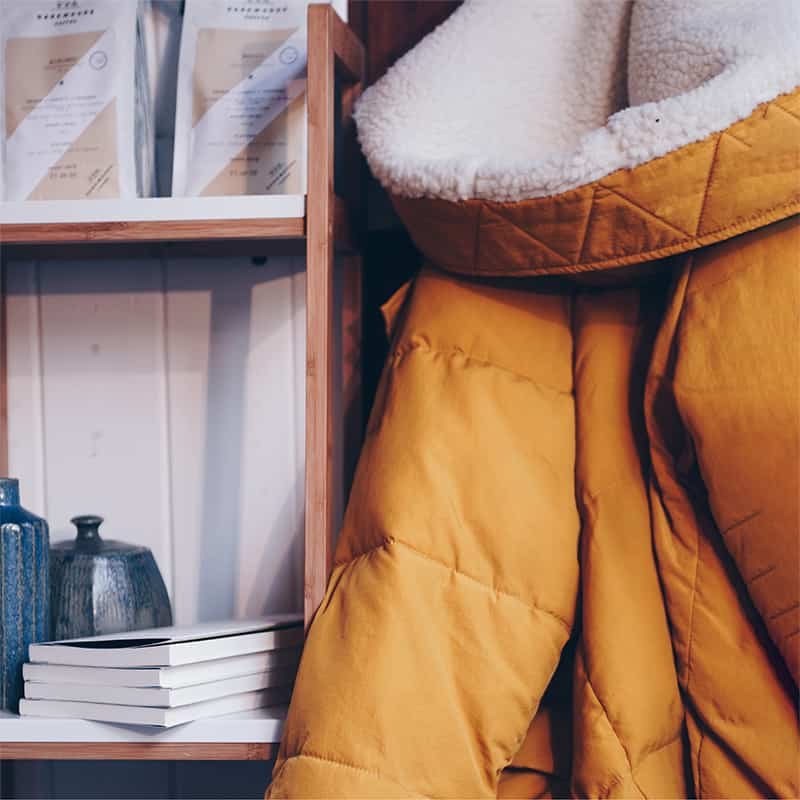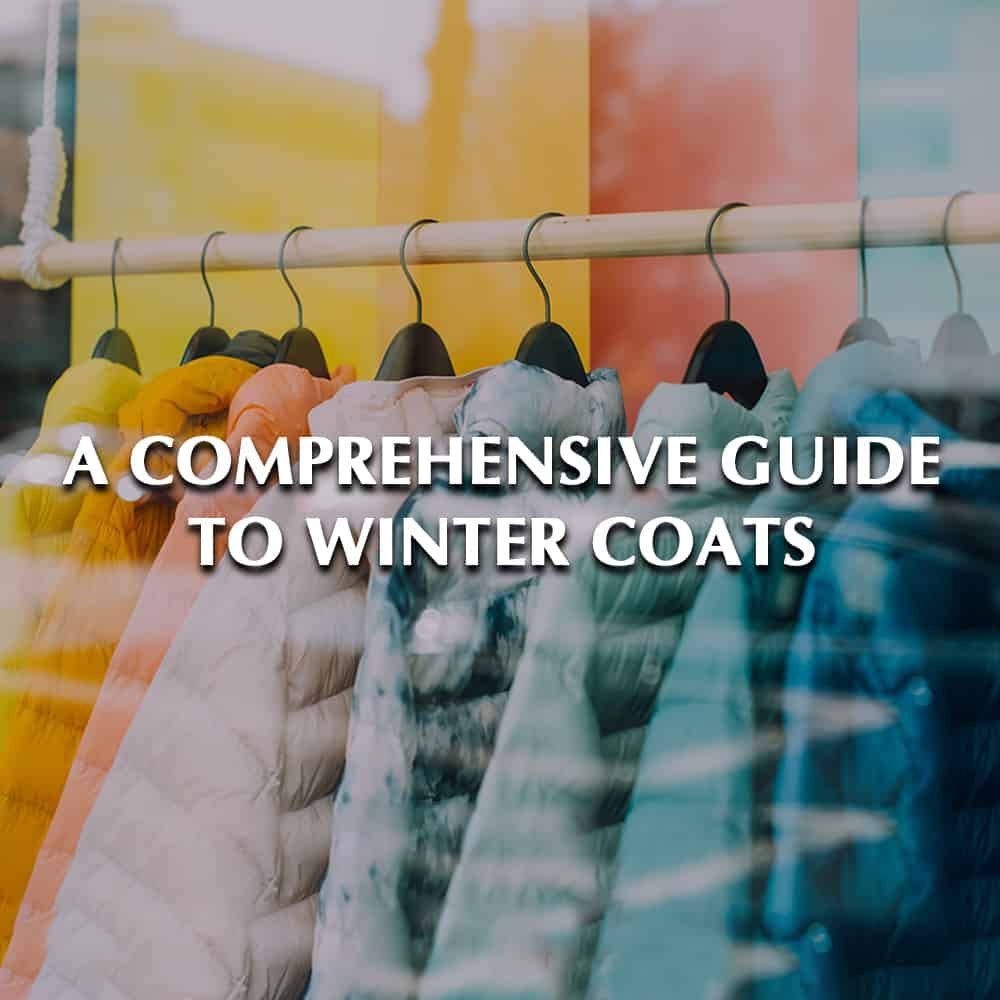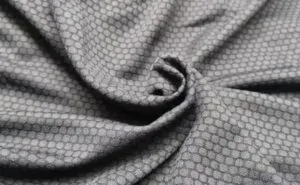When choosing a winter coat, there are several factors to consider, including the type of coat, the material it is made of, and the fit. The type of coat will depend on the climate and your personal style. For example, if you live in a cold climate, you may want a coat with a warm filling, such as down or synthetic insulation. If you live in a milder climate, a coat made of a water-resistant material, such as nylon or polyester, may be sufficient.There are several fabrics that are well-suited for winter coats because they provide a good balance of warmth and durability. Some of the best fabrics for winter coats include wool, down, and synthetic materials like polyester or nylon.

Advantages and disadvantages of different materials
Down, synthetic, and wool are all types of materials that are commonly used in various products, such as clothing and bedding. Each of these materials has its own unique set of advantages and disadvantages, which can make them more or less suitable for different applications.
Advantages and disadvantages of down materials
Down, which is made from the soft, fluffy undercoating of birds such as ducks and geese, is known for its excellent insulating properties. It is also very lightweight and compressible, making it easy to pack and carry. Some other advantages of down include its durability, breathability, and moisture-wicking capabilities. However, down can be expensive, and it is not suitable for individuals who are allergic to feathers. Additionally, down may not perform well in wet conditions, as it can lose its insulating properties when it gets wet.
Advantages and disadvantages of Synthetic materials
Synthetic materials, on the other hand, are man-made materials that are designed to mimic the properties of natural materials. Synthetic materials are often more affordable and widely available than natural materials such as down, and they can also be produced in a range of colors and styles. Synthetic materials are also typically more durable and easier to care for than natural materials, as they are less susceptible to shrinking, fading, or losing their shape. However, synthetic materials may not be as breathable or insulating as natural materials, and they may not feel as soft or luxurious to the touch.
Advantages and disadvantages of wool materials
Wool, which is made from the hair of sheep or other animals, is a natural material that has been used for clothing and other purposes for thousands of years. Wool is known for its warmth, breathability, and moisture-wicking properties, which make it a popular choice for cold-weather clothing and bedding. Wool is also durable and resistant to shrinking, fading, and wrinkling, and it is biodegradable and renewable. However, wool can be expensive, and it may be itchy or uncomfortable for some people to wear. Additionally, wool may shrink or felt when it is washed, which can cause it to lose its shape or become stiff.
In conclusion, down, synthetic, and wool are all materials that have their own unique advantages and disadvantages. Which material is the best choice for a particular application will depend on a variety of factors, including cost, performance, and personal preference.
How do I choose a quality coat?

When choosing a coat, there are several key factors to consider in addition to the material of the coat to ensure you get a quality garment. The first is the structure of the coat, the second is the fit of the coat, the third is the brand of the coat, the fourth is the details of the coat, and finally consider the occasion of wearing.
consider the construction of the coat
Consider the construction of the coat. High-quality coats are typically well-constructed, with sturdy seams and hems that will not come apart easily. The lining of the coat should also be smooth and well-attached, as this will help the coat to drape properly and keep you warm.
consider the fit of the coat
Another important factor to consider is the fit of the coat. A well-fitting coat will not only look better, but it will also be more comfortable and provide better warmth. Make sure to try on the coat before purchasing it, and pay attention to how it fits across the shoulders, around the arms, and at the waist. If you are buying a coat online, be sure to carefully read the sizing information and measure yourself before making a purchase.
consider the brand of the coat
Finally, consider the brand of the coat. While a high-quality coat can come from any brand, well-established and reputable brands are more likely to offer coats that are made with high-quality materials and construction. It can also be helpful to read online reviews from other customers to get an idea of the quality of the coat and the company’s customer service.
consider the detail of the coat
Overall, choosing a high-quality coat requires a bit of research and attention to detail. Look for coats made of natural materials, with sturdy construction and a good fit, and consider the brand and customer reviews when making your decision. With the right coat, you will stay warm and comfortable in any weather.
consider the occasion of wearing
When choosing a winter coat, it’s important to consider the type of activities you’ll be doing while wearing it. If you’ll be spending a lot of time outdoors in very cold weather, a wool or down coat is a good choice. If you’ll be wearing your coat mostly for casual occasions or in milder weather, a synthetic material like polyester or nylon may be a better choice.
In conclusion, the best fabric for a winter coat depends on your individual needs and preferences. Wool, down, and synthetic materials like polyester and nylon are all good choices, and the right fabric for you will depend on factors like your budget, the type of activities you’ll be doing, and the fit and style of the coat.







